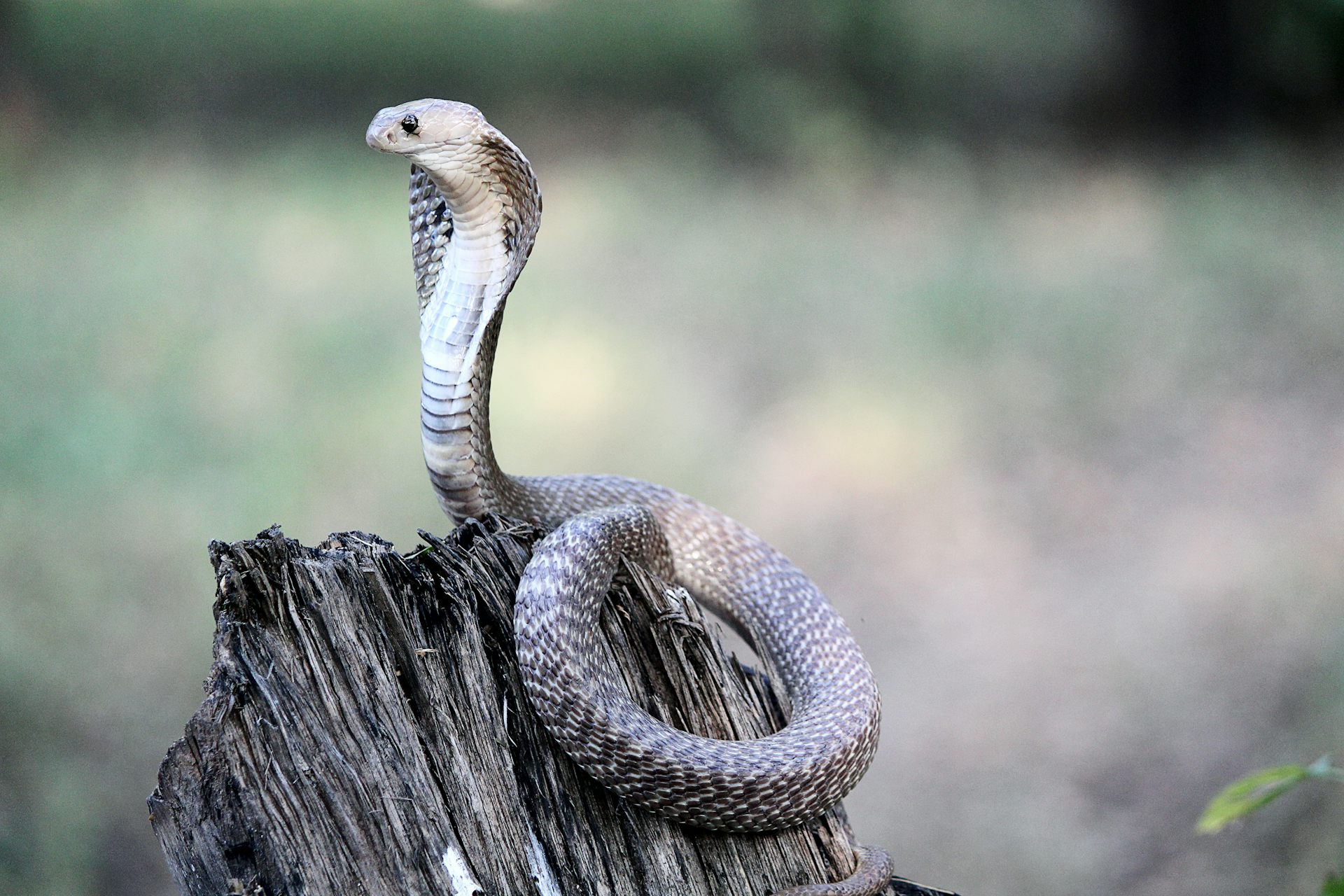Introduction
Tiger serpents (Notechis scutatus) are among the most fascinating yet been afraid reptiles discovered in Australia. With their How to identify Australia's deadliest snakes striking appearance and potent poison, these snakes evoke a mix of admiration and care. Observing tiger serpents in their native environment can be a thrilling experience for nature enthusiasts, wild animals digital photographers, and scientists alike. However, it's essential to approach this endeavor with respect for the pet's environment and an understanding of precaution to prevent serpent bites.
In this thorough guide, we'll explore exactly how to safely observe tiger serpents in their natural habitat. We will certainly cover topics ranging from comprehending their behavior and Preventing snake bites Australia habitats to emergency treatment for serpent bites-- furnishing you with understanding to improve your experience while lessening dangers.
What is a Tiger Snake?
Tiger serpents are highly venomous snakes native to Australia, particularly Tasmania and seaside areas. They are known for their unique grouped coloration appearing like a tiger's red stripes, which can range from yellowish-brown to dark brown or even black.
Physical Characteristics
Tiger snakes are medium to large-sized serpents that can mature to 2 meters long. Their bodies are robust, and they have a broad head that is clearly larger than their necks.
Habitat Preferences of Tiger Snakes
These reptiles usually inhabit marshes, tidewaters, and seaside regions however can additionally be located near freshwater sources like rivers and lakes. Recognizing where these snakes live is important for anybody aiming to observe them safely.
Understanding Tiger Snake Behavior
Are Tiger Snakes Venomous?
Yes, tiger snakes are among one of the most poisonous snake species internationally. Their poison contains neurotoxins that can result in significant clinical issues if bitten.
Behavioral Traits
Tiger serpents are generally timid animals; they like to avoid human interaction. Nonetheless, they can become hostile if endangered or cornered.
Where Can You Locate Tiger Snakes?
Tiger Snake Habitat Exploration
To safely observe tiger serpents in their natural habitat, it's necessary first to identify where they prosper. They often tend to favor:
- Coastal marshlands Mangroves Swamps Riverbanks
Best Areas for Observation
Some recommended areas include:
- Tasmanian wetlands The coasts of southerly Australia National parks with water bodies
Safety Safety measures Prior to Observing Tiger Snakes
Understanding the Risks of a Tiger Snake Bite
Although encounters with tiger serpents can be awesome, being aware of the dangers involved is critical:
Recognize signs of a snake bite: swelling at the site, pain radiating from the bite area. Know emergency get in touches with: Acquaint yourself with neighborhood emergency services. Carry a first-aid set specifically outfitted for serpent bites.
First Help for Serpent Bites: What You Need to Know
Knowing what actions to take if bitten can save your life or somebody else's:
- Stay tranquility; activity boosts venom spread. Call for medical assistance immediately. Do not use ice or attempt suctioning.
How to Safely Observe Tiger Snakes in Their All-natural Habitat
When you decide to observe tiger serpents in the wild:
Dress Appropriately: Put on lengthy pants and durable boots. Use Binoculars: Keep a safe range while observing these reptiles. Avoid Sudden Movements: Quick motions may shock them. Stay on Established Trails: Avoid straying right into thick underbrush where presence is low.Equipment Required for Observation
Essential Gear Checklist
- Binoculars First-aid set particularly made for snake bites Field manual on Australian reptiles Camera (with zoom ability)
Snake Bite First Aid Package Essentials
A fully equipped emergency treatment package must consist of:|Item|Function|| -------------------------------|-------------------------------|| Compression bandage|To immobilize the damaged area|| Antihistamines|For allergies|| Emergency call numbers|Quick gain access to during emergencies|

Interpreting Tiger Snake Signals
Understanding how tiger serpents communicate through body language assists observers evaluate when it's secure or unsafe:

Common Behaviors
Defensive position: If curled or increased off the ground. Retreating actions: When they slowly retreat from possible threats.Dealing With Potential Encounters
Even with preventative measures taken, an experience may still occur throughout your observation trip:
Remain calm; worrying only increases risks. Slowly pull back without transforming your back on the snake. Make your presence recognized verbally however stay clear of sudden movements.Frequently Asked Questions About Tiger Snakes
1. What need to I do if I see a tiger snake?
Remain tranquility; observe from a range without disturbing it.
2. Are child tiger snakes dangerous?
Yes, adolescent tiger serpents are born venomous and may posture dangers similar to grownups in spite of being smaller.
3. Exactly how common are tiger snake bites?
While events happen every year in Australia, deaths are unusual as a result of timely treatment availability.
4. Can I maintain a tiger serpent as a pet?
Keeping wild tiger serpents as pet dogs is unlawful in lots of areas due to preservation laws.
5. What does a tiger serpent attack appearance like?
Bite marks commonly show 2 puncture injuries along with localized swelling and discoloration.

6. How effective is antivenom?
Antivenom Conservation of Australian snakes treatment is very reliable when provided timely after a bite.
Conclusion
Observing tiger snakes in their all-natural habitat provides an exhilarating opportunity for wild animals lovers however have to be come close to with caution and regard for both the animal and its environment. By arming on your own with knowledge concerning these interesting reptiles-- consisting of understanding their habits and safety measures-- you can appreciate remarkable experiences while substantially reducing risks connected with encounters.
In summary, always focus on safety by preparing sufficiently prior to starting any type of wild animals monitoring exploration-- specifically when managing some of nature's most venomous animals like the tiger snake!